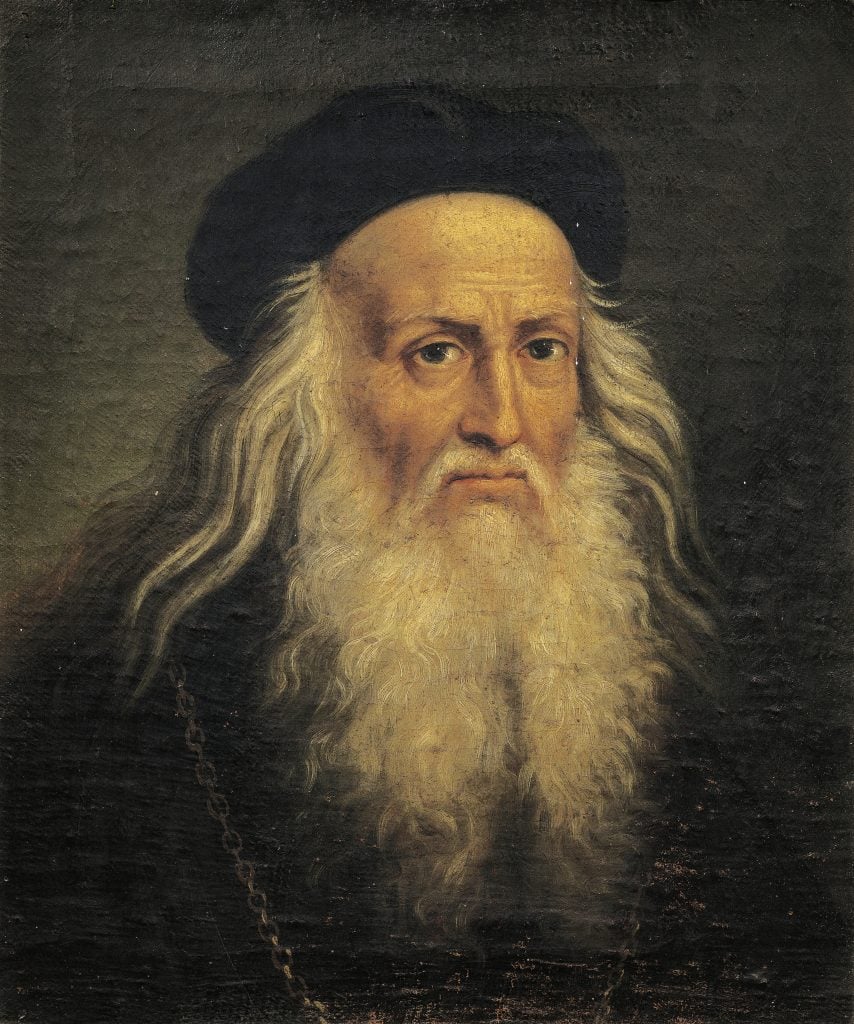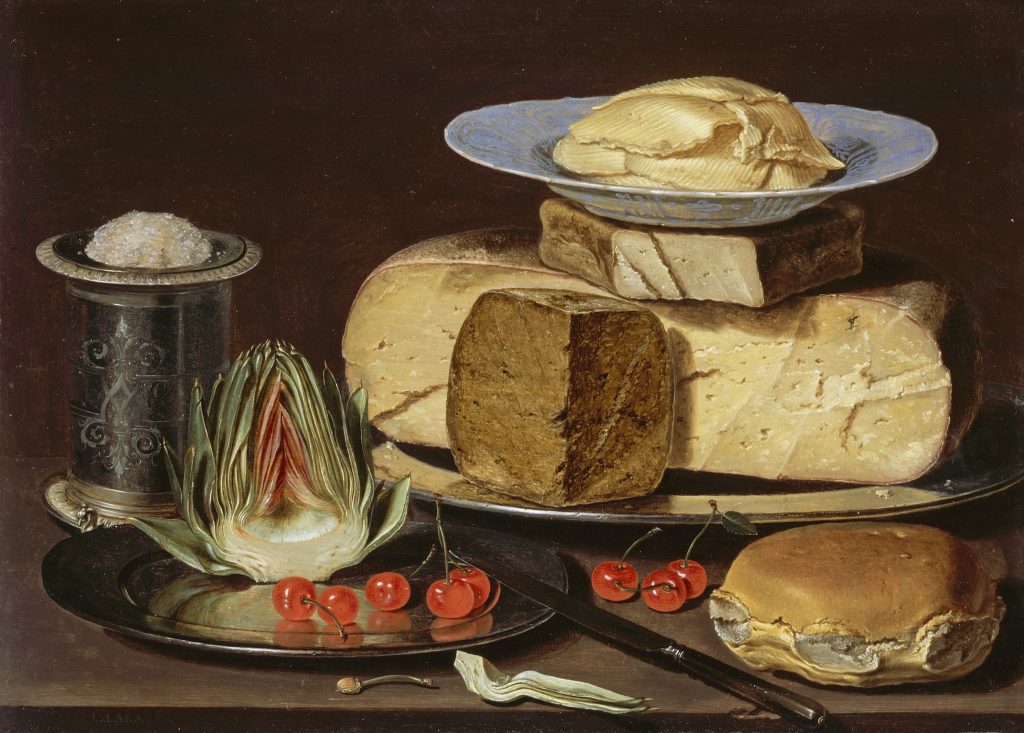Art World
Art Bites: Was Leonardo a Vegetarian Before It Was Trendy?
The evidence isn’t conclusive, but the man had definite opinions on how animals should be treated.

The evidence isn’t conclusive, but the man had definite opinions on how animals should be treated.

Brian Boucher

If your list of dream dinner party guests includes Leonardo da Vinci, the great polymath and archetypal Renaissance man, just be sure to ask him about dietary restrictions—and be prepared for him to hector you about your eating habits. As it turns out, the artist-engineer-inventor may very well have been a vegetarian, and he had definite opinions about how animals should be treated.
While there isn’t conclusive evidence that he abjured the consumption of meat, there is plenty to suggest that he did: accounts of all-vegetable dishes he ate, observations by contemporaries that indicate he didn’t eat animals, and words from the man himself about how humans should treat animals.
Some of the evidence is secondhand, but striking. On traveling to India in 1551, Venetian geographer Giovanni Battista Ramusio wrote of the people he saw there: “They do not eat anything that has blood, nor do they allow others to, nor do they allow anyone to hurt another living creature, just like our Leonardo da Vinci. They live on rices, milk, and other foods. Nothing dead.”

Clara Peeters, Still Life with Cheeses, Artichoke, and Cherries (ca. 1625). Photo: Fine Art Images/Heritage Images/Getty Images.
The most moving evidence, though, comes directly from writings by the artist himself. “If you are, as you have stated, the king of the animals,” Leonardo wrote, “why not help other animals, rather than take their offspring to feed your gluttony?”
He also opined that eating animals was simply unnecessary, asking: “Does nature not produce enough simple food to satisfy you?”
We even have shopping lists written by the artist in his distinctive backwards script, including no meat but mentioning fish, suggesting pescatarianism. (Maybe he would have agreed with the memorable lyrics in Nirvana’s song “Something in the Way,” where frontman Kurt Cobain sings: “It’s okay to eat fish, ‘cause they don’t have any feelings.”)
Leonardo was also troubled by what he perceived as animal cruelty, writing: “From countless numbers will be taken away their little children and the throats of these shall be cut, and they shall be quartered most barbarously.”
So, to sum up, in his view, eating animals is cruel, unnecessary, and beneath the conduct of the so-called king of the animals. And he couldn’t even have foreseen a modern argument for vegetarianism: today, we know that livestock production fuels global warming.
If, in fact, he always practiced a meatless diet, Leonardo joined a distinguished company of vegetarians throughout history, including St. Anthony of Egypt, civil rights crusader Mahatma Ghandi, and authors Franz Kafka, Mary Shelley, and Leo Tolstoy. (Other historical figures, including philosopher Pythagoras and inventor Thomas Edison, have been claimed for vegetarianism, but their diets are debated.)
People for the Ethical Treatment of Animals (PETA) fastened on to Leonardo’s possible vegetarianism on the occasion of the 500th anniversary of his death in 2019, with its cutely named campaign “Leonardo da Veggie: Eat Like a Genius.” PETA senior vice president Dan Mathews argued that “Leonardo da Vinci voiced vegan ideals hundreds of years before the word ‘vegan’ was coined.”
In the end, it’s possible that, if he did keep to a plant-based diet, the joke was on him. In 2010, three experts published a paper in the book Neurological Disorders in Famous Artists, Part 3 (yes, that really is the actual title, and there are indeed, two earlier editions), positing that, since a vegetarian diet has both positive and negative influences on the cerebrovascular system, his dietary habits may have had something to do with a stroke that he suffered.
What’s the deal with Leonardo’s harpsichord-viola? Why were Impressionists obsessed with the color purple? Art Bites brings you a surprising fact, lesser-known anecdote, or curious event from art history. These delightful nuggets shed light on the lives of famed artists and decode their practices, while adding new layers of intrigue to celebrated masterpieces.